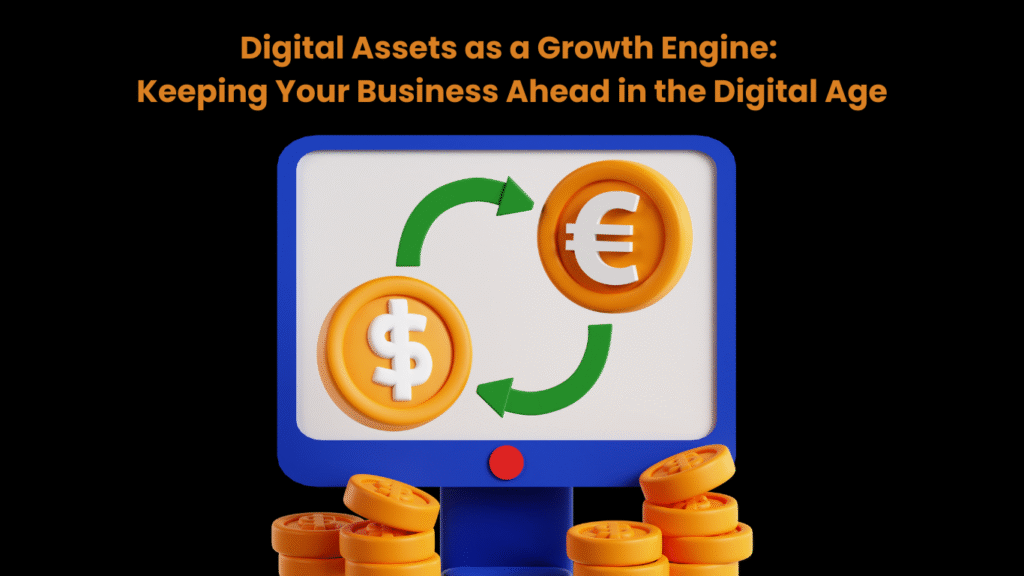In today’s fast-moving marketplace, businesses face the constant challenge of staying competitive while embracing rapid technological change. Digital assets, once considered niche or experimental, are now proving to be powerful tools for growth. From cryptocurrencies and tokenized assets to NFTs and blockchain-based records, the digital asset ecosystem is becoming a cornerstone of business innovation. Companies that strategically integrate these tools are finding themselves better equipped to lead in the digital age.
The Strategic Value of Digital Assets
At their core, digital assets represent more than financial instruments. They embody new ways of creating, storing, and transferring value. Cryptocurrencies enable fast and borderless transactions. Tokenization makes it possible to divide and trade ownership in physical or digital goods with unprecedented efficiency. Even data itself is becoming a valuable asset when properly structured, protected, and leveraged.
For businesses, the implications are significant. Digital assets can unlock liquidity, reduce transaction costs, and open new revenue streams. Just as importantly, they send a clear signal to partners and customers that your organization is forward-thinking and adaptive to the realities of the digital economy.
Driving Efficiency and Transparency
One of the most compelling advantages of digital assets lies in their ability to streamline processes. Traditional financial systems often involve multiple intermediaries, lengthy settlement times, and added costs. By contrast, blockchain-based assets enable near-instant verification and settlement. This creates leaner operations, which directly impacts profitability and scalability.
Transparency is another crucial factor. Digital asset transactions are traceable and verifiable, providing an added layer of trust. In industries where compliance and accountability are essential, such as supply chain management, real estate, or cross-border trade, this transparency becomes a differentiator. Businesses that adopt such solutions early not only optimize operations but also build stronger reputations for integrity.
Innovation and Customer Engagement
Digital assets are also reshaping customer experiences. For example, token-based rewards, WhatsApp business broadcasting, and loyalty systems provide new ways to engage audiences, creating value that goes beyond traditional discounts or points. NFTs and branded digital collectibles offer businesses fresh storytelling tools and foster stronger connections with communities.
Moreover, the ability to integrate digital assets into e-commerce platforms makes it easier for customers to transact globally. This democratizes access to markets, allowing businesses of all sizes to expand their reach without being constrained by geographical barriers.
Practical Entry Points for Businesses
Many organizations are curious about digital assets but unsure where to begin. The key is to start small and focus on strategic alignment with business goals. For instance, companies exploring cross-border payments might experiment with cryptocurrency solutions that reduce fees and speed up settlement. Those in marketing and retail could leverage NFTs to enhance brand loyalty and community building.
For businesses and individuals looking to begin their journey with cryptocurrencies, an accessible first step is to buy XRP through MoonPay. XRP is known for its efficiency in cross-border transactions, and that platform offers a user-friendly platform to make that process seamless. Taking measured steps like this allows businesses to learn, adapt, and grow within the digital asset ecosystem without unnecessary complexity.
Read More: 5 Best AI-Powered Tools for Digital Marketing Campaigns in 2025
Staying Ahead in the Digital Age
The digital landscape is evolving at a remarkable pace, and businesses that hesitate risk falling behind. Digital assets provide not only operational advantages but also strategic opportunities for differentiation. They enable companies to become more agile, customer-centric, and globally competitive.
The most successful organizations of tomorrow will be those that view digital assets not as an optional experiment, but as a vital growth engine. By adopting these tools thoughtfully and aligning them with long-term strategy, businesses can ensure they remain ahead in the digital age.




